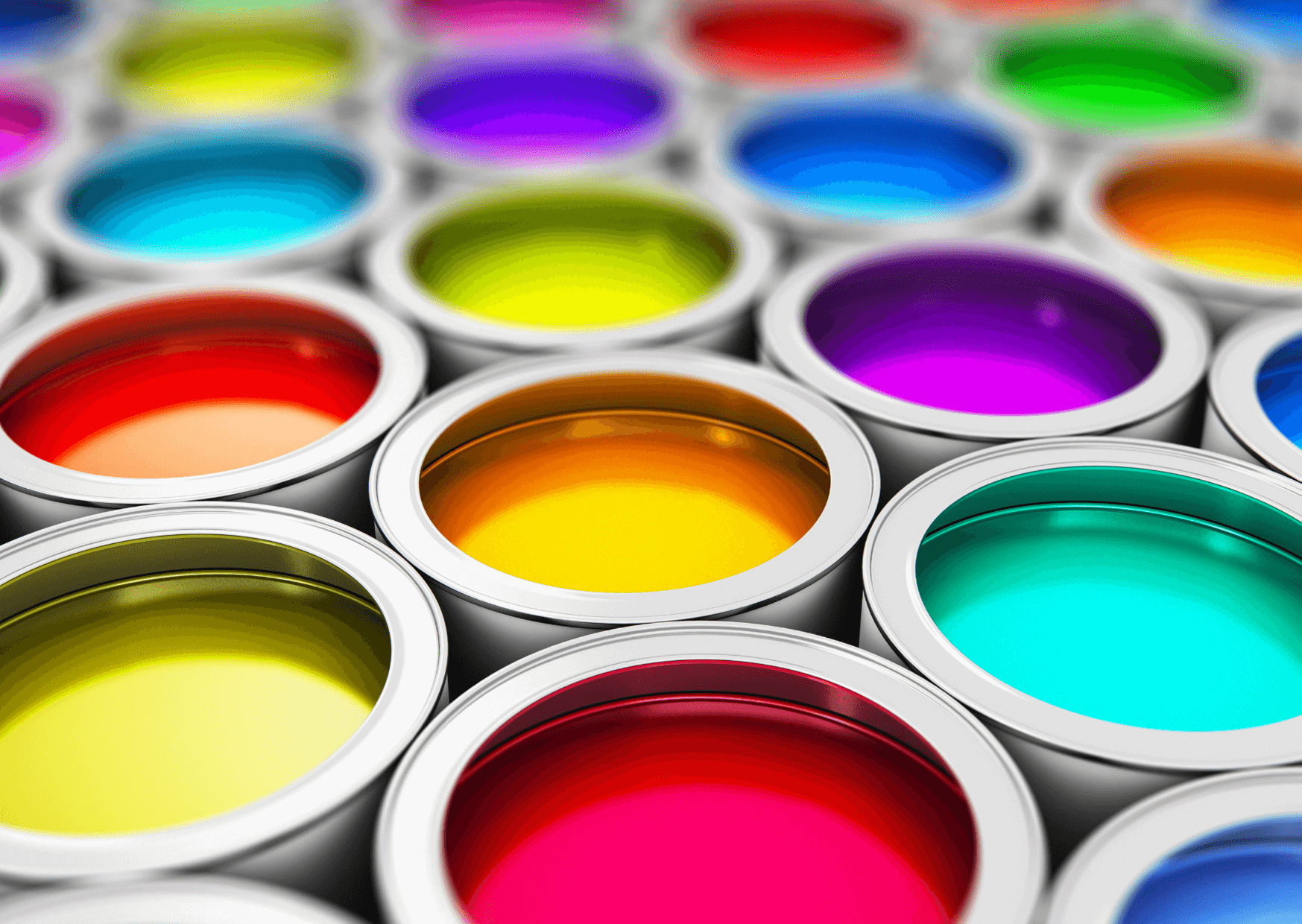
How To Increase Hospitality Bookings With Color Psychology
Colour is a powerful tool that has been used for centuries to shape human behaviour. The benefits of the efficient use of the colour palette, such as control over the perception of space and the ability to evoke emotions, have also been noticed by experts in the hospitality sector. The main goal of hospitality businesses is to offer guests an amazing experience that will make them come back. In this case, the help of a professional interior designer who can skillfully plan the space and colour in a hotel, restaurant or spa, and a general contractor who will breathe life into this project, turn out to be essential.
Colour as a Language in Hotel Interior Design
The concept of colour as a language is based on the fact that regardless of origin or language, colour evokes emotions in the same way. However, it should be remembered that although some colours elicit the same reactions in most people, the hue and saturation used can significantly change the character and consumer behaviour. Usually, light colours are considered as airy and make rooms brighter and more spacious. Dark colours, on the other hand, give sophistication and intimacy. The cool colour scheme with blue and green is the most common choice in hotel bedrooms and bathrooms because it is associated with peace. Studies that have been conducted on the emotional well-being of hotel guests, including the effects of colour on consumer behaviour, shows that peace is the dominant dimension of emotional well-being. Blue indicates trust, serenity and calmness. Research has shown that blue lowers blood pressure and heart rate. It is also productive, especially in offices. It is the perfect choice to provide guests with peace and relaxation. The green colour, apart from evoking the feeling of peace, brings to mind youth, nature, liveliness, refreshment and excitement. However, you should balance all dark colours with lighter, otherwise, you can create a feeling of sadness and overwhelming. Greenery is very popular in spas because it offers a promise of wellness and in boutique hotels, targeted at the younger generation of guests. In the case of restaurants, it is the local flavour that drives the colour choices. The more expressive the cuisine, the stronger the emotions it will evoke. Colours evoke particular feelings.
Red for stimulation
Yellow for energetic optimism
Purple for sophistication and extravagance Pink for a glamour effect
Orange for active environments
How Colours Affect Hotel Conversions
According to research, the human brain processes visual information 60,000 times faster than text, and 90% of quick product or service evaluations are based solely on colour. Therefore, when refurbishing your hotel interior, choose a colour that complements your branding and conveys the right message. A stronger first impression means an increase in your visitors. The psychology of colour used in hotels, restaurants and spas is not about getting more reservations by using illicit tricks, playing on emotions or manipulating minds. It’s more about emphasizing personality and mood, and the colour is just a tool to enhance the message. When it comes to generating the highest possible conversion in a hotel, the psychology of colours used in interiors alone is not enough, but considered as an element it is an integral part of the visual concept and image of the brand.
Universal Solution
Hospitality companies need to be aware that there is no such thing as a universal solution for all and standard colours for hotels, restaurants and spas. The colours always refer to the personality and theme of the project. Another important factor relevant to the design of interior colour for hospitality is the material from which the furniture is made. If the service is dedicated to wealthy customers, use luxurious furniture that fits in with the surroundings. Knowing what each colour represents before you start renovating your hotel is extremely important. An improperly selected colour palette might be critical to business success.
